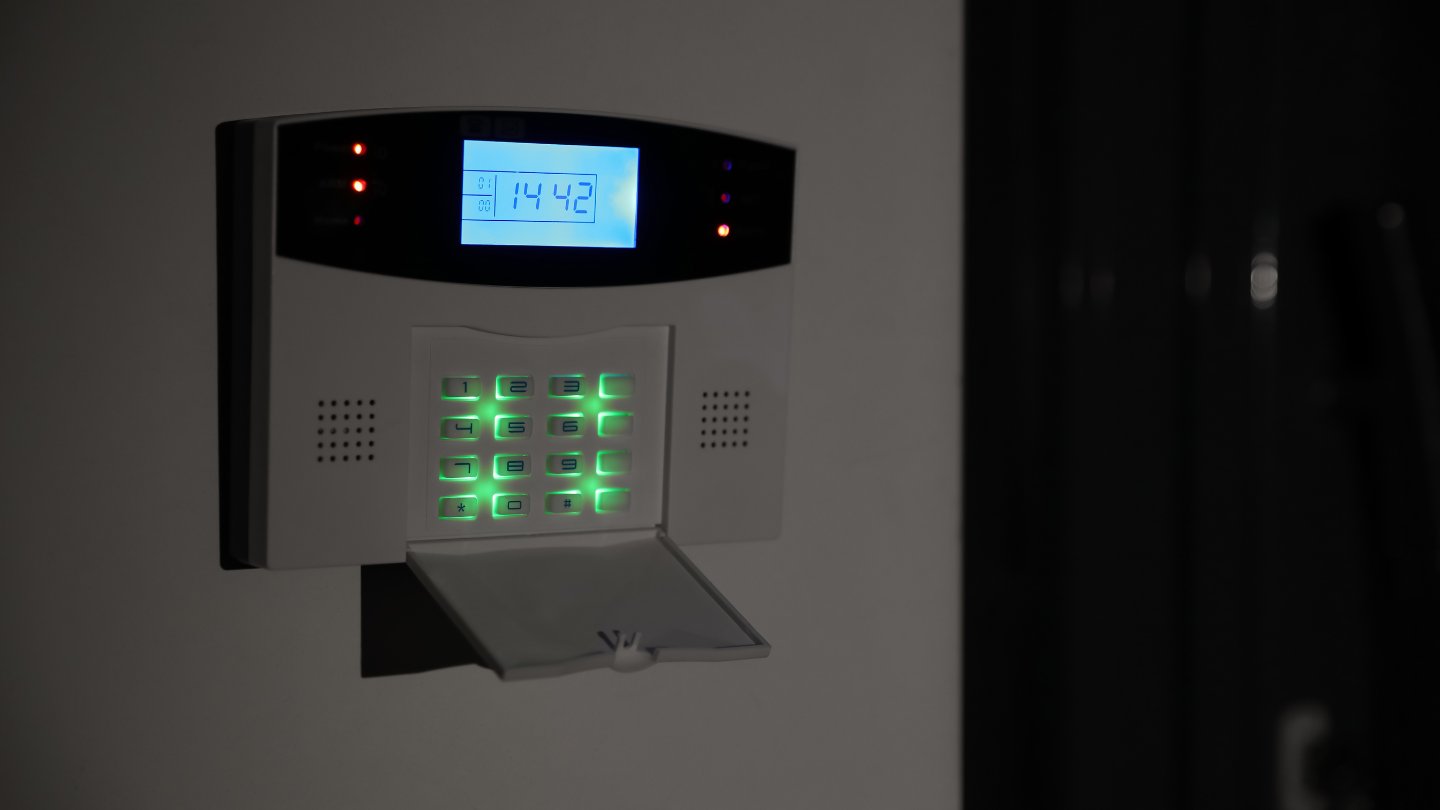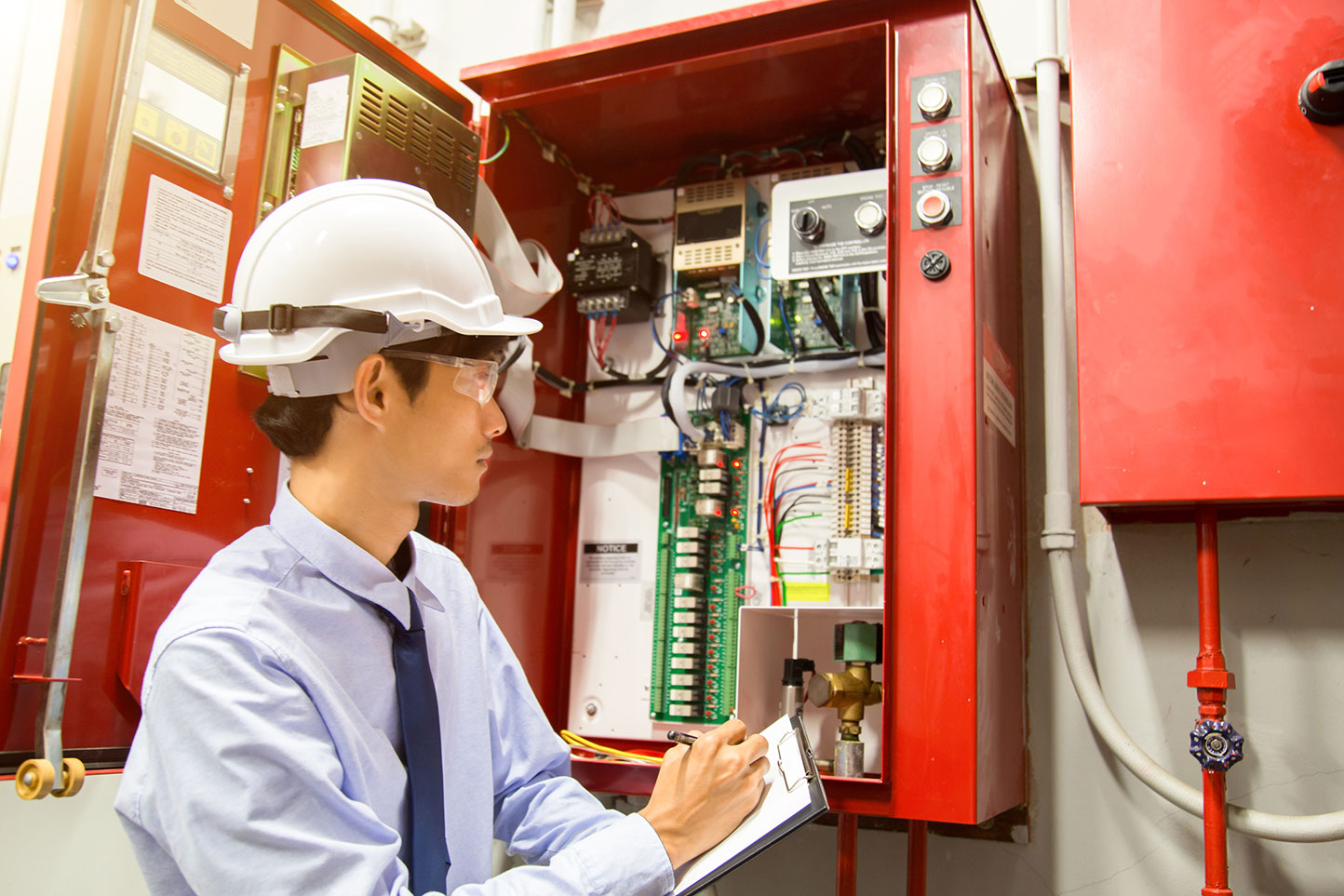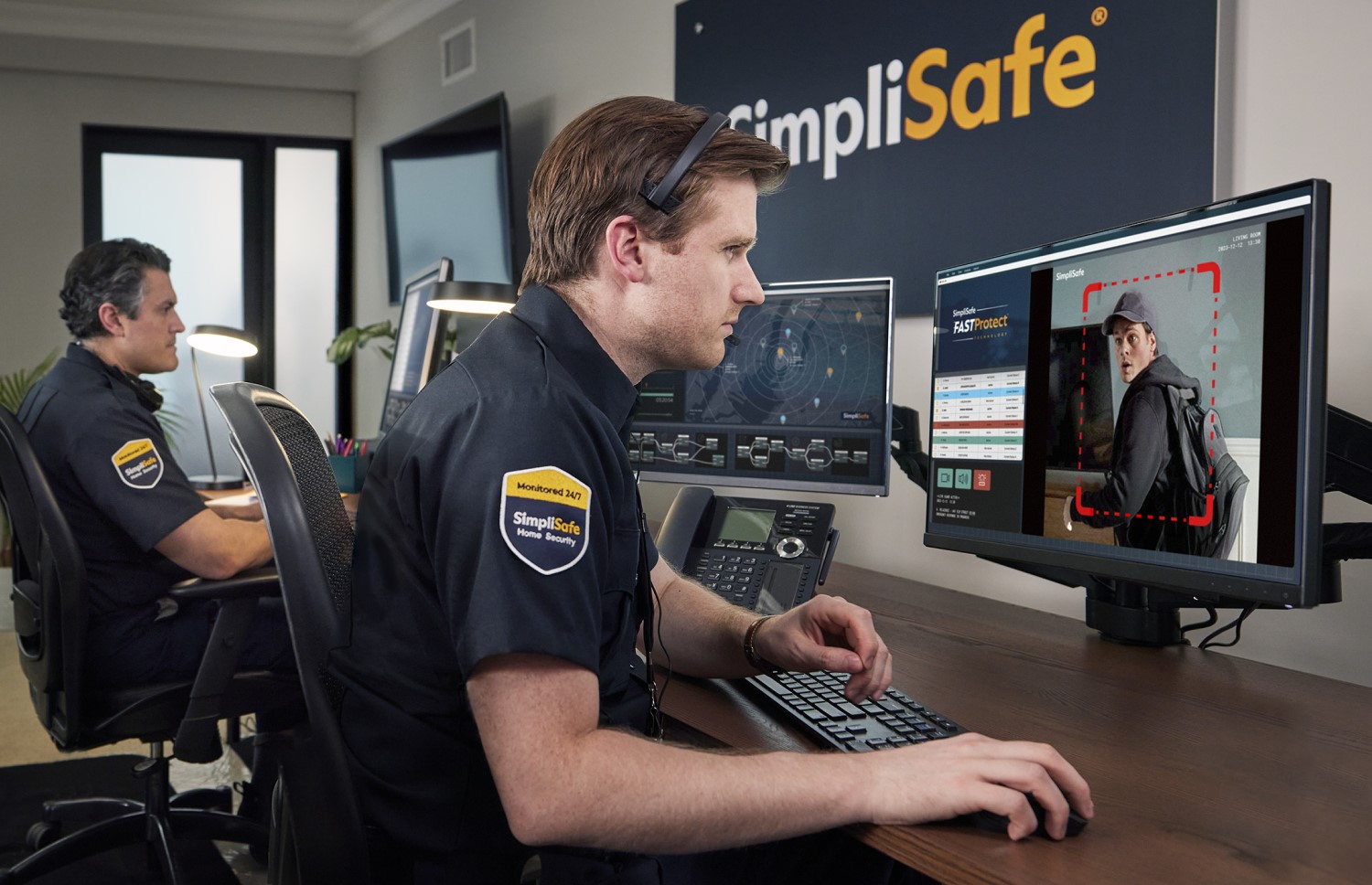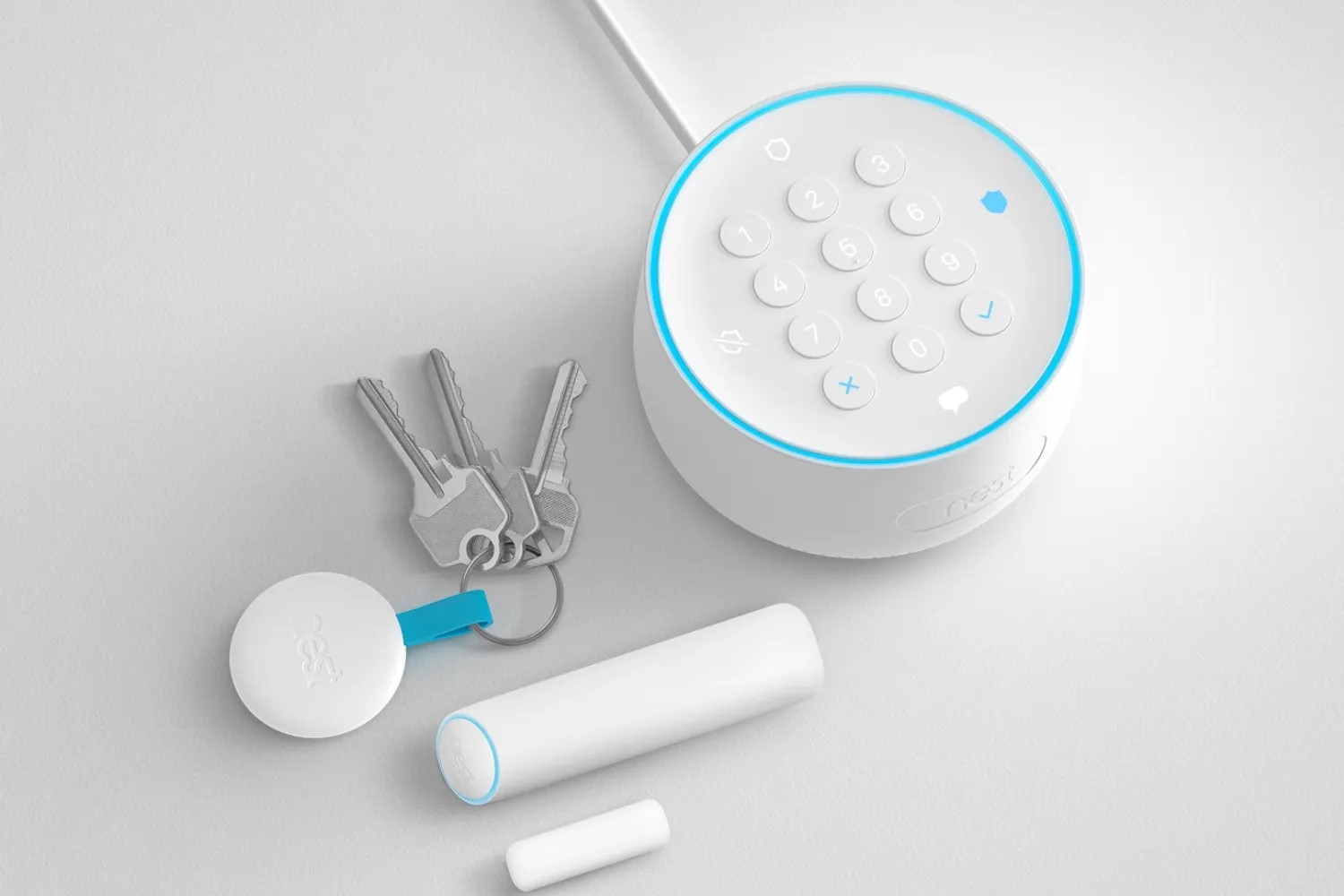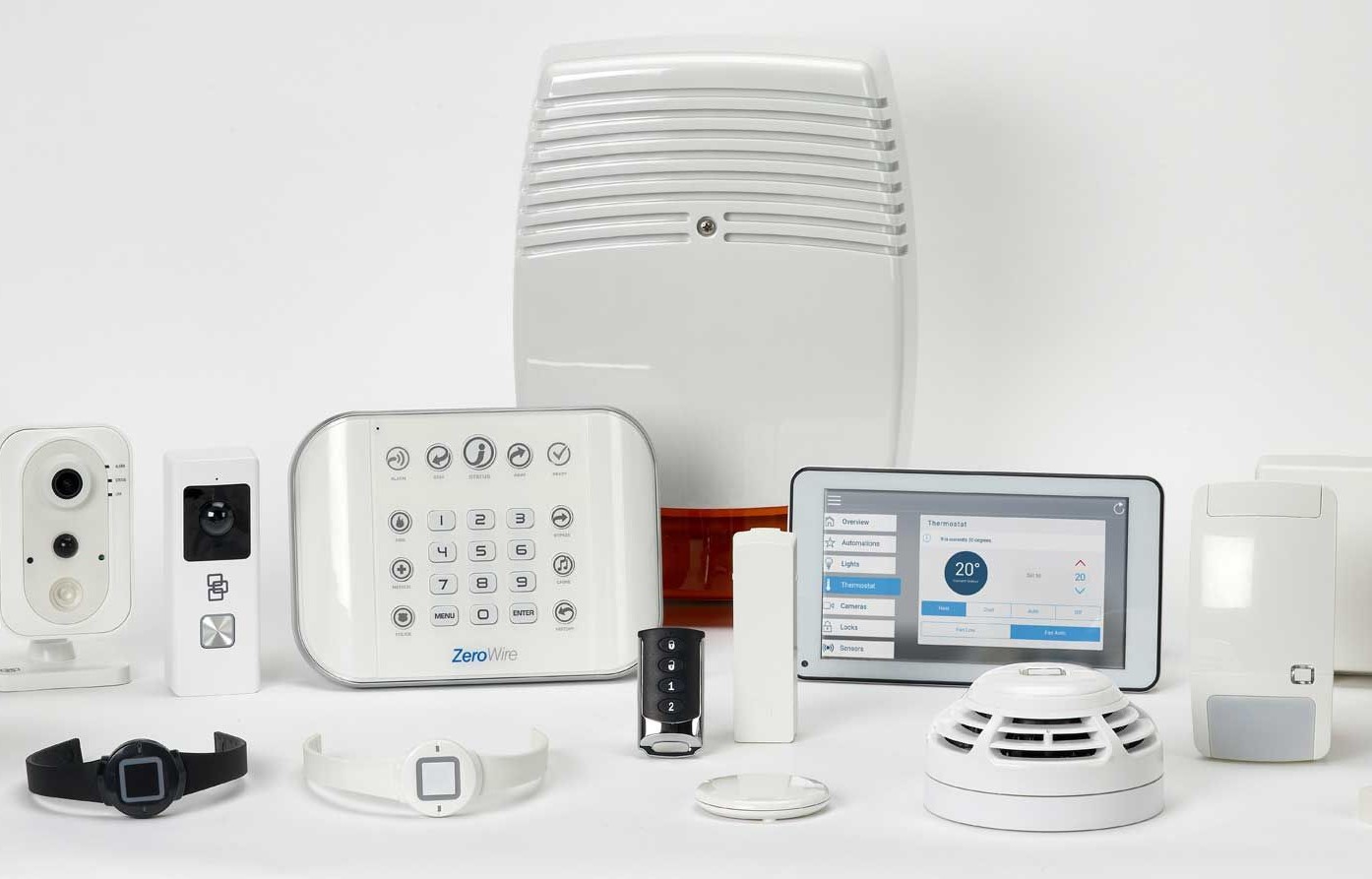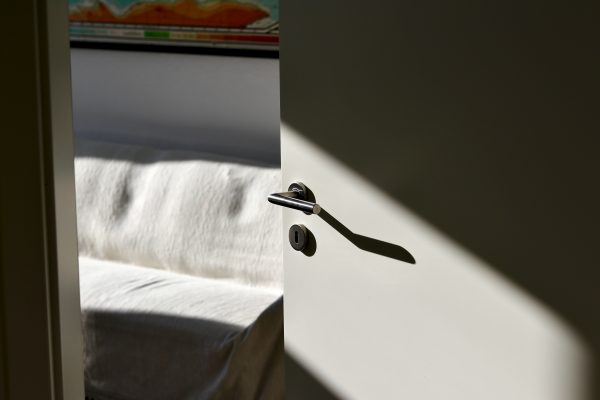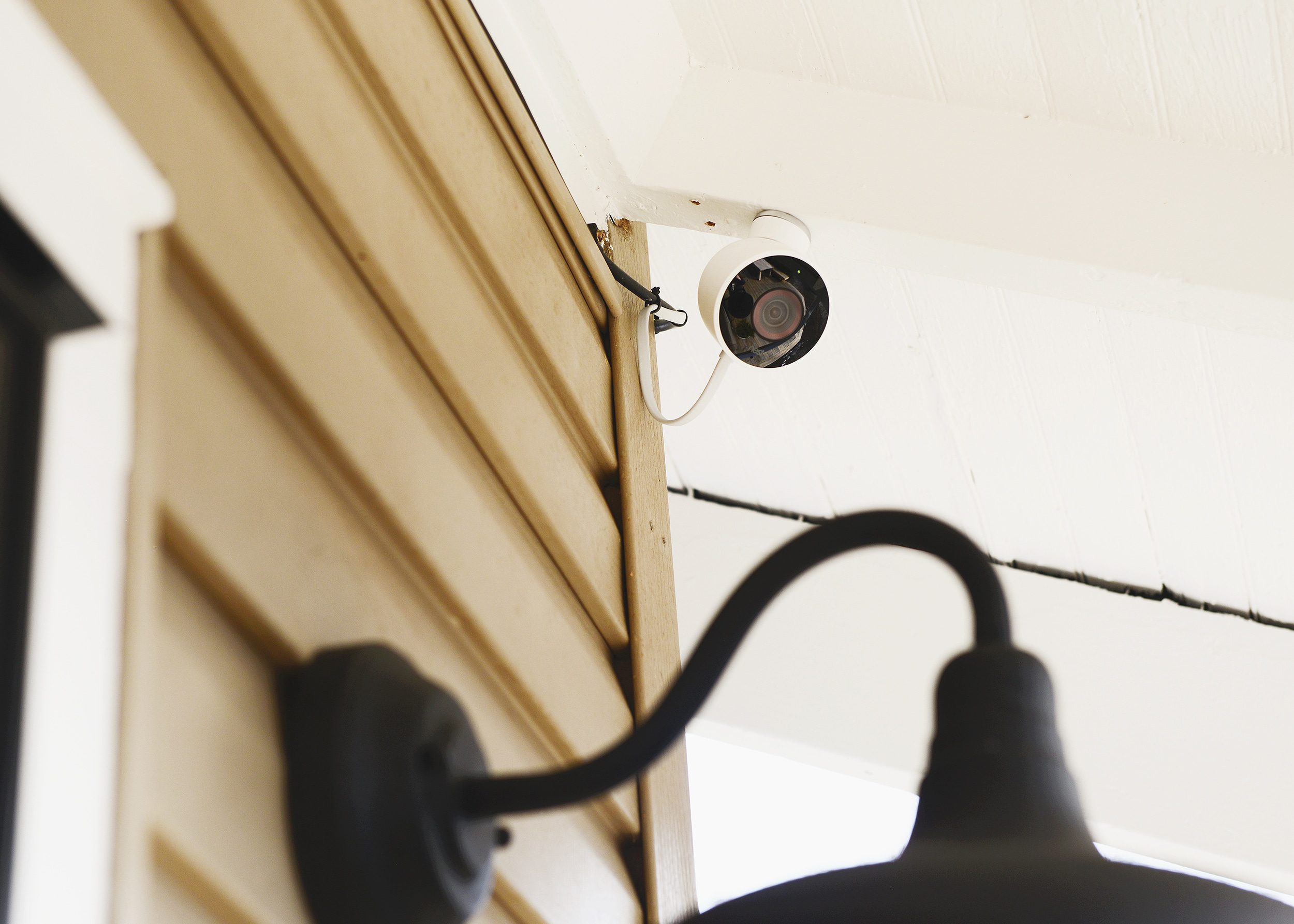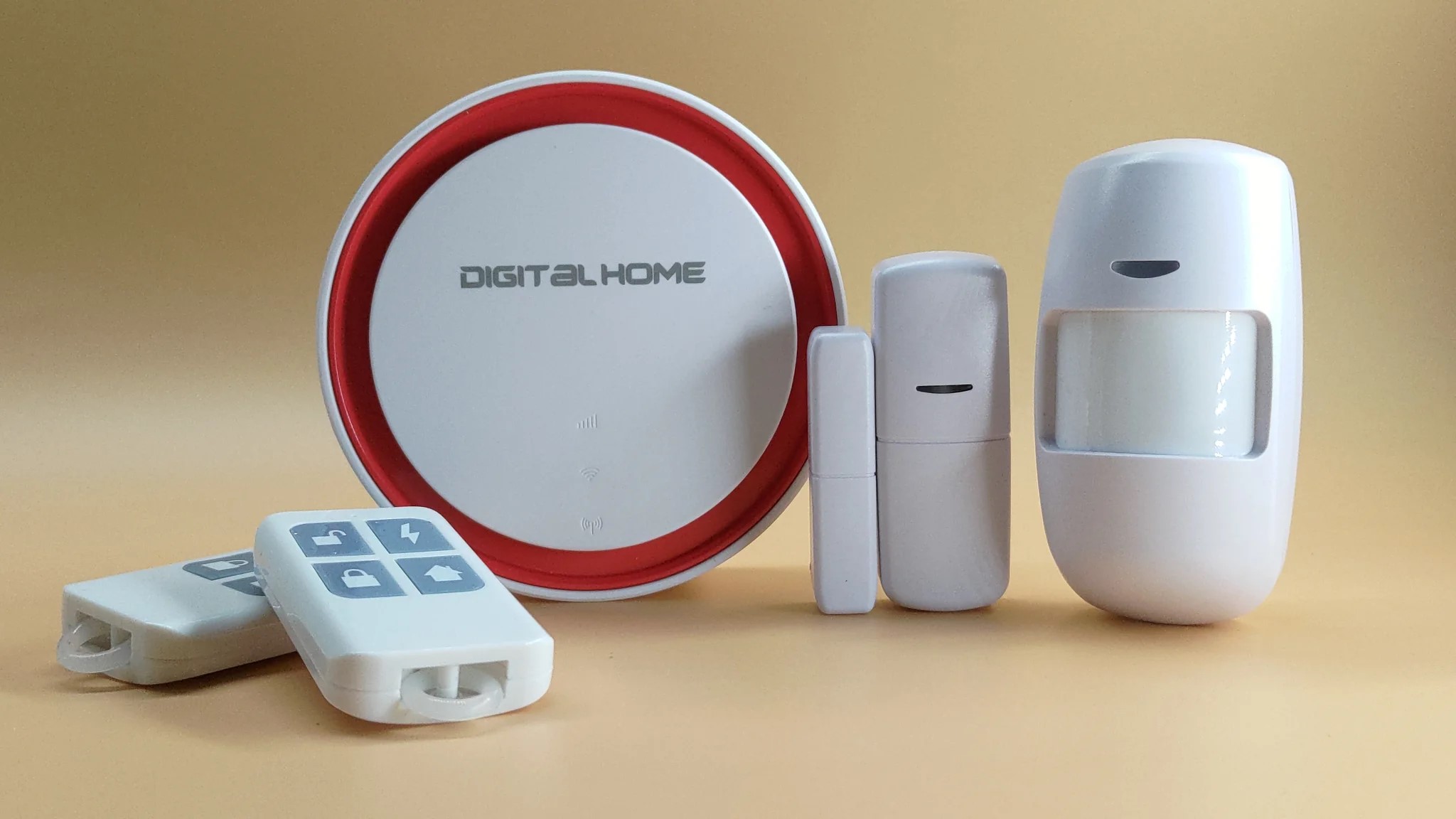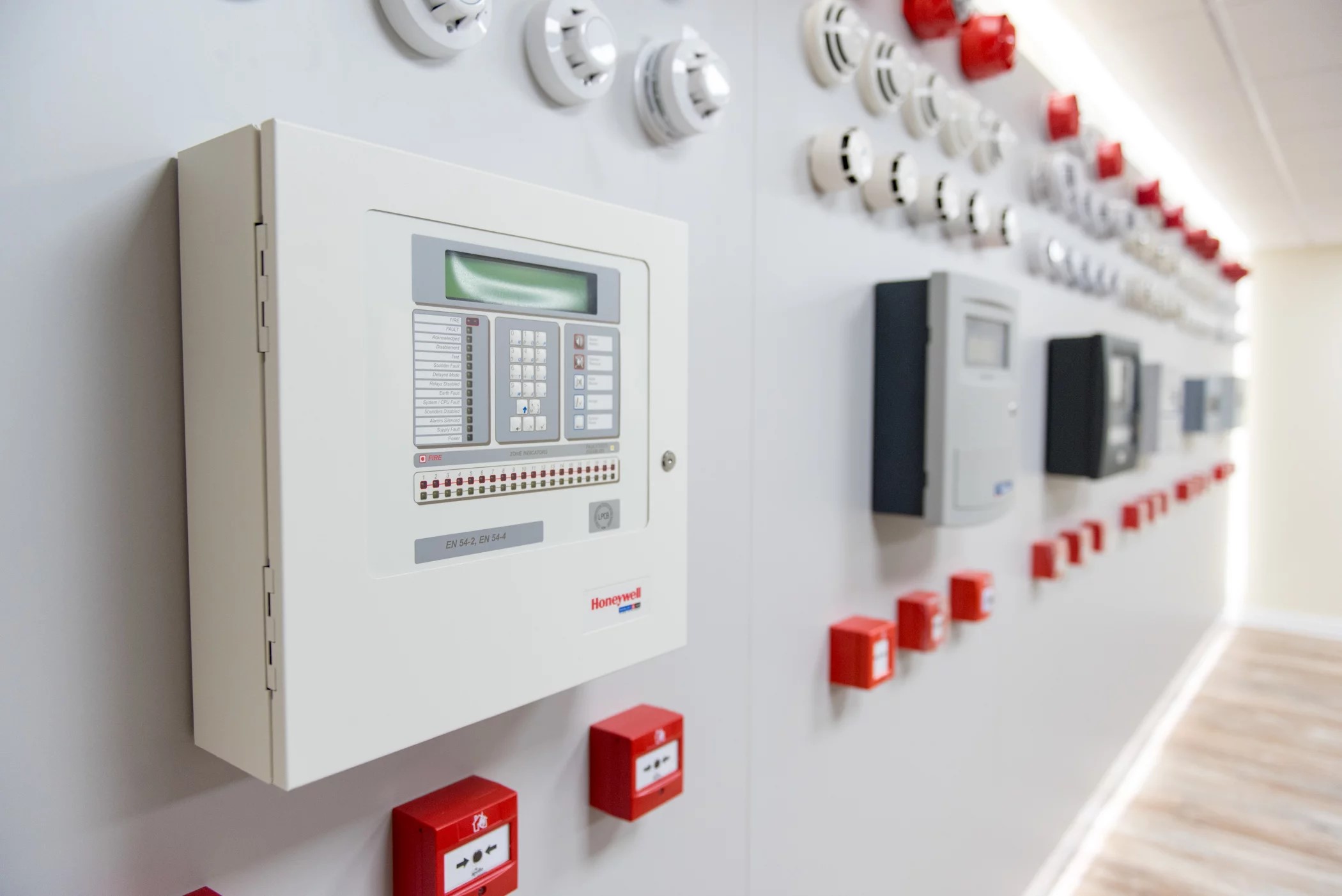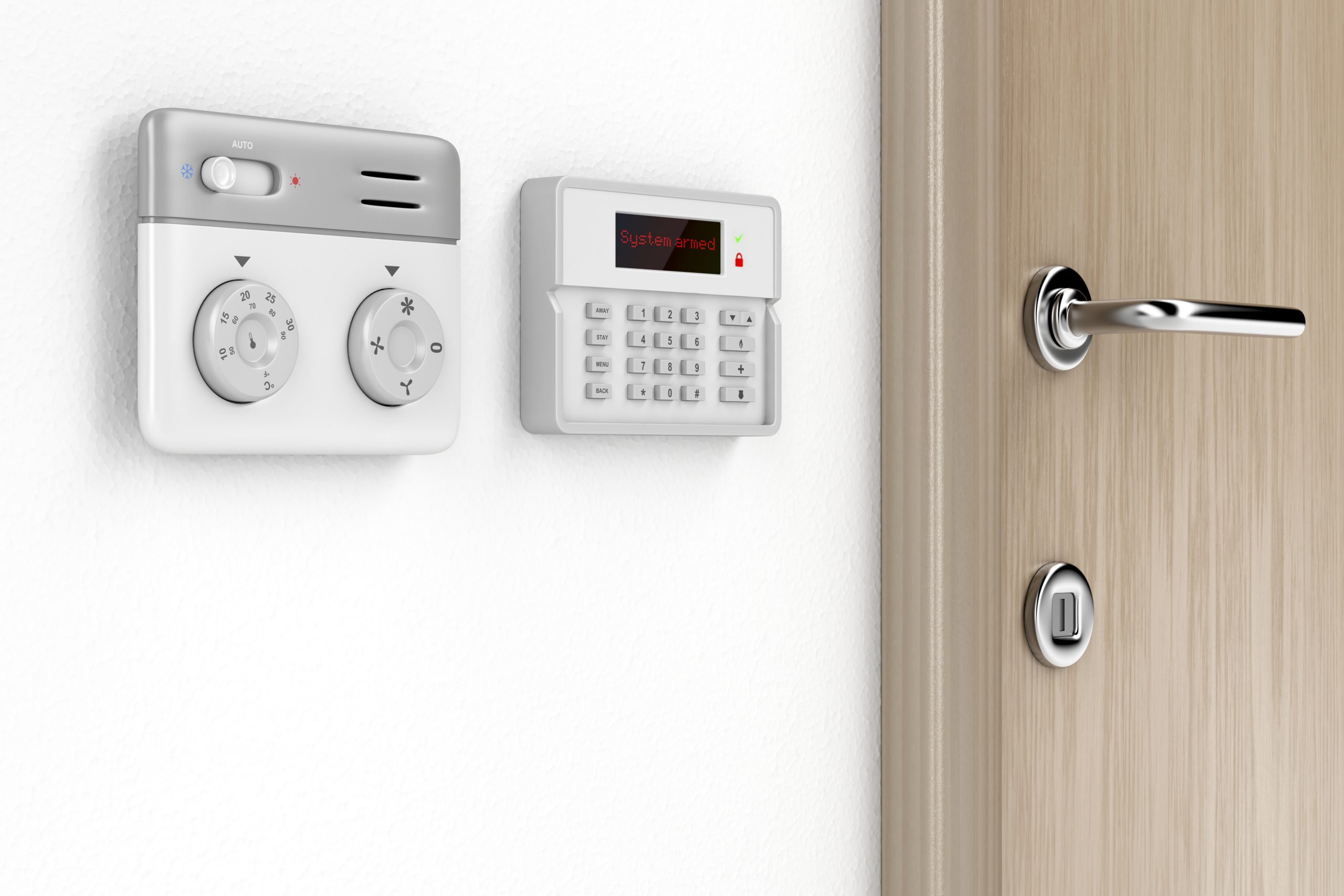Home>Home Security and Surveillance>What Are The Best DIY Home Alarm Systems
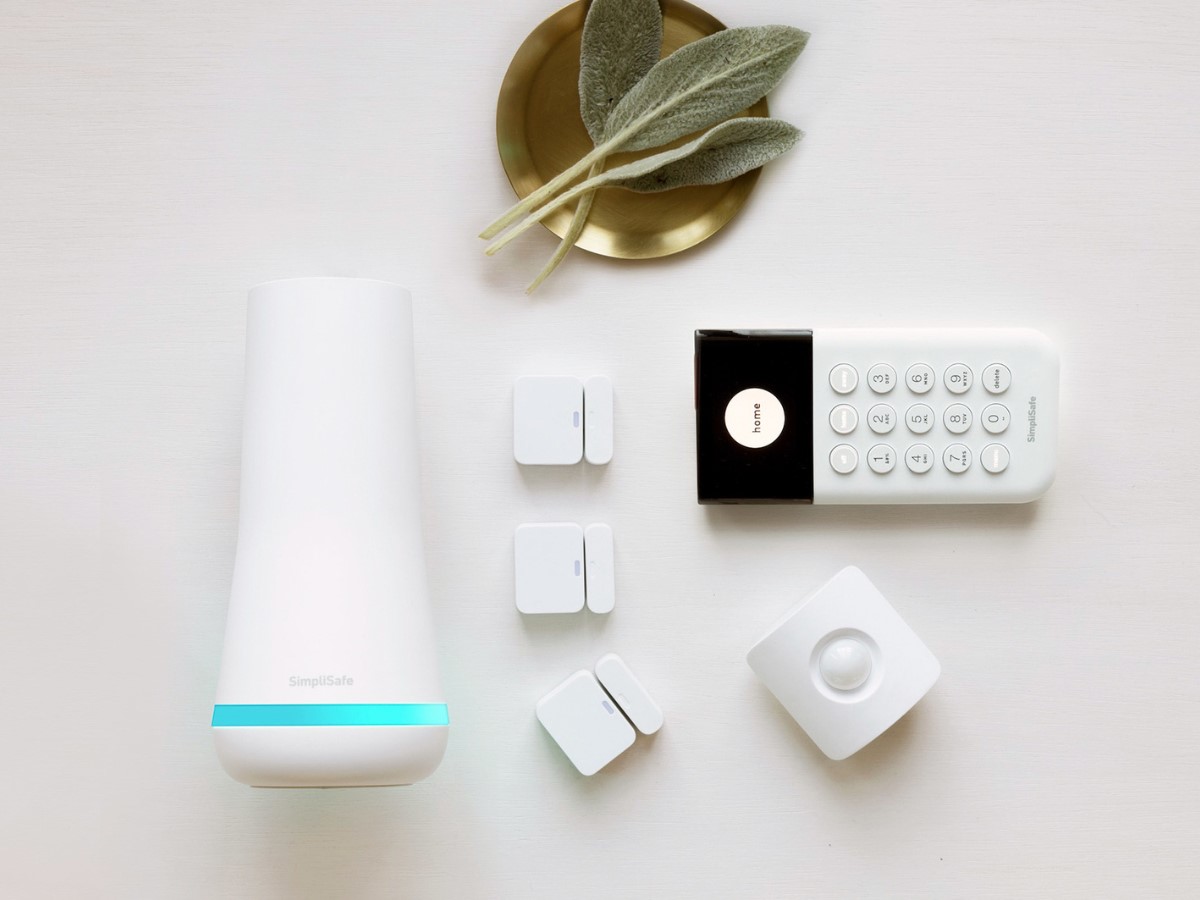

Home Security and Surveillance
What Are The Best DIY Home Alarm Systems
Modified: August 28, 2024
Discover the top DIY home alarm systems for ultimate home security and surveillance. Compare features, prices, and user reviews to find the perfect system for your needs.
(Many of the links in this article redirect to a specific reviewed product. Your purchase of these products through affiliate links helps to generate commission for Storables.com, at no extra cost. Learn more)
Introduction
Welcome to the world of home security and surveillance! In today’s rapidly advancing technological era, keeping our homes safe and protected is of utmost importance. Gone are the days of relying solely on traditional security systems installed by professionals. With the advent of DIY home alarm systems, homeowners now have the ability to take control of their own security measures.
Choosing the right home alarm system can be a daunting task, as there are countless options available in the market. It’s crucial to carefully consider several factors before making a decision. In this article, we will explore the key factors to keep in mind when selecting a DIY home alarm system, as well as introduce the top 5 systems on the market today.
By understanding these factors and familiarizing yourself with the best DIY home alarm systems, you will be equipped to make an informed decision that meets your unique needs and provides peace of mind for you and your family.
Key Takeaways:
- DIY home alarm systems offer customizable security solutions, easy installation, and integration with smart home devices. They provide peace of mind and protection for homeowners and their families.
- Factors to consider when choosing a DIY home alarm system include cost, features, user-friendliness, monitoring options, connectivity, scalability, and customer support. Thorough research and evaluation are essential for making an informed decision.
Read more: What Are The Best Alarm Systems With Android
Factors to consider when choosing a DIY home alarm system
When it comes to choosing a DIY home alarm system, there are several key factors to take into consideration. By carefully evaluating these factors, you can ensure that you select a system that best suits your specific needs and provides optimal security for your home.
- Cost: Determine your budget and find a system that fits within it. Be sure to consider not only the initial cost of the system but also any recurring fees such as monitoring services or additional equipment.
- Features: Consider the features and capabilities of the system. Do you need security cameras, motion sensors, door/window sensors, or a control panel? Assess your specific requirements and choose a system that offers the necessary features.
- User-friendliness: Look for a system that is easy to install and operate. It should come with clear instructions and intuitive user interfaces, ensuring that you can set it up and manage it without any hassle.
- Monitoring options: Decide whether you want professional monitoring or self-monitoring. Professional monitoring involves a monthly fee where a monitoring center will respond to alerts and contact authorities if necessary. Self-monitoring allows you to receive notifications directly on your smartphone or other connected devices.
- Connectivity: Consider the connectivity options offered by the system. Does it rely on Wi-Fi, cellular networks, or both? A system with backup cellular connectivity ensures that it remains operational even if your Wi-Fi goes down.
- Scalability: Think about your future needs. Will you want to expand your system with additional devices or features? Choose a system that allows for easy scalability and integration with other smart home devices.
- Customer support: Look for a company that offers reliable customer support. This is important in case you encounter any issues during installation or while using the system.
By evaluating these factors and prioritizing your specific requirements, you can narrow down your options and choose a DIY home alarm system that best fits your needs and preferences. With the right system in place, you can enhance the security and peace of mind for you and your loved ones.
Top 5 DIY home alarm systems
Now that you have considered the important factors in choosing a DIY home alarm system, let’s explore the top 5 systems available in the market today. These systems have been selected based on their features, customer reviews, and overall reliability.
-
System A
System A is a versatile and comprehensive DIY home alarm system that offers a wide range of features. It comes with motion sensors, door/window sensors, and a central hub for easy control. The system can be easily installed and integrated with other smart home devices for added convenience. With options for professional monitoring or self-monitoring, System A provides flexibility for every user’s needs.
-
System B
System B is known for its easy installation process and user-friendly interface. It offers a variety of sensors, including smoke detectors and carbon monoxide detectors, in addition to standard door/window sensors and motion sensors. With reliable connectivity options and 24/7 professional monitoring services, System B ensures the utmost security for your home.
-
Read more: What Are Alarm Systems
System C
If you’re looking for a DIY home alarm system with advanced video surveillance capabilities, System C is an excellent choice. It features high-resolution security cameras with night vision, allowing you to monitor your property both day and night. With customizable alert notifications and remote access via a mobile app, System C offers convenient monitoring options for homeowners.
-
System D
System D stands out for its scalability and flexibility. It offers a modular design, allowing users to easily add or remove sensors and components as needed. With reliable wireless connectivity and options for professional monitoring or self-monitoring, System D offers a customizable and expandable DIY home alarm system.
-
System E
System E is a budget-friendly DIY home alarm system that doesn’t compromise on security. It comes with basic sensors and a control panel, providing essential security features without breaking the bank. With easy installation and self-monitoring capabilities, System E is a great option for those looking for an affordable yet reliable home security solution.
Remember, these are just some of the top DIY home alarm systems available. Each system has its own unique features and benefits, so be sure to research and compare them to find the one that best suits your needs.
System A
System A is an exceptional DIY home alarm system that offers a comprehensive set of features to ensure the security of your home. This system is highly customizable, allowing you to tailor it to your specific needs and preferences.
One of the standout features of System A is its easy installation process. You don’t need any professional help to set up the system, as it comes with simple step-by-step instructions that guide you through the entire process. This makes it a great option for both tech-savvy individuals and those new to DIY home security systems.
System A includes various components, such as motion sensors, door/window sensors, and a central hub. The motion sensors detect any movement within their range, triggering an alert to notify you of any potential intrusions. The door/window sensors, on the other hand, detect if any doors or windows are opened or tampered with, providing an added layer of protection.
One of the key advantages of System A is its compatibility with other smart home devices. It allows you to integrate with smart locks, smart lights, and other connected devices, creating a seamless smart home ecosystem. This integration lets you have full control over your home’s security and enhances your overall home automation experience.
Moreover, System A offers flexibility when it comes to monitoring options. You can choose between professional monitoring or self-monitoring, depending on your preferences and budget. With professional monitoring, a dedicated monitoring center will receive alerts from your system and take appropriate actions to ensure your safety. Self-monitoring, on the other hand, allows you to receive notifications directly on your smartphone or other connected devices, enabling you to monitor your home yourself.
With System A, you can also enjoy a reliable and secure connectivity option. It supports both Wi-Fi and cellular connections, ensuring that your system remains connected even if your internet goes down. This is crucial for maintaining uninterrupted communication between your devices and the central hub, guaranteeing continuous protection for your home.
Overall, System A is a highly recommended DIY home alarm system that provides advanced security features, user-friendly installation, and compatibility with other smart home devices. With its customizable options and flexible monitoring choices, System A is a top choice for homeowners looking to enhance their home security.
Read more: What Is Local Burglar Alarm?
System B
System B is a top-rated DIY home alarm system known for its simplicity, reliability, and extensive range of features. It offers a comprehensive package that ensures the security and peace of mind for homeowners.
One of the standout features of System B is its user-friendly installation process. The system is designed to be easily set up by homeowners, requiring no professional assistance. With clear instructions and intuitive components, you can have your home secured in no time.
The system includes a variety of sensors, including door/window sensors, motion sensors, and additional sensors such as smoke detectors and carbon monoxide detectors. This comprehensive range of sensors provides comprehensive protection for your home, alerting you to any potential risks or intrusions.
System B also offers reliable connectivity options to ensure seamless communication between the components. It can connect to your home’s Wi-Fi network, ensuring real-time notifications and control through a dedicated mobile app. Additionally, it has a backup cellular connection, ensuring that your system remains operational even in the event of a Wi-Fi or internet outage.
One of the standout features of System B is its professional monitoring service. By subscribing to this service, you gain access to a dedicated monitoring center that will respond to any alerts from your system. In the event of an emergency, they can contact the appropriate authorities on your behalf, providing an extra layer of protection and peace of mind knowing that trained professionals are keeping an eye on your home.
In addition to professional monitoring, System B also offers self-monitoring capabilities. Through the mobile app, you can receive real-time alerts and notifications whenever a sensor is triggered. This allows you to monitor your home from anywhere, giving you full control over your security.
System B is also compatible with other smart home devices, allowing for integration and automation. You can connect it with smart locks, smart lights, and other devices to create a complete smart home ecosystem. This integration enhances the convenience and control over your home’s security.
Overall, System B is a reliable and user-friendly DIY home alarm system that offers comprehensive protection for your home. With its easy installation process, range of sensors, reliable connectivity, and options for professional or self-monitoring, System B is a top choice for homeowners seeking a robust security solution.
System C
When it comes to video surveillance capabilities, System C stands out as an excellent choice for those looking to enhance their home security. This DIY home alarm system offers advanced features and high-definition cameras to ensure comprehensive monitoring of your property.
One of the key features of System C is its high-resolution security cameras. These cameras provide crystal-clear video footage, allowing you to capture even the smallest details. Whether it’s day or night, System C’s cameras utilize advanced technology such as night vision and motion detection to ensure optimal visibility and accuracy.
With System C, you can monitor your home from anywhere through a dedicated mobile app. This allows you to access live video feeds and review recorded footage on your smartphone or other connected devices. You can also set up customized alert notifications, so you are immediately notified if any suspicious activity is detected.
In addition to video surveillance, System C includes other essential features to enhance your home security. It comes with door/window sensors and motion sensors, which provide an extra layer of protection by detecting any unauthorized entry or movement. These sensors trigger an alert that can be sent to your mobile device or to a professional monitoring center.
Furthermore, System C offers easy integration with other smart home devices. You can connect it with your smart locks, smart lights, and other compatible devices to create a seamless smart home ecosystem. This integration allows for enhanced automation and control over your home’s security.
System C also offers multiple storage options for your recorded video footage. You can choose to store the footage locally on a dedicated device or opt for cloud storage, providing you with flexibility and peace of mind knowing that your footage is securely stored.
Whether you want to monitor your home while you are away or keep an eye on your loved ones, System C offers a reliable and comprehensive solution for video surveillance. With its high-resolution cameras, customizable alerts, and seamless integration with other smart devices, System C is a top choice for homeowners looking to enhance their home security.
System D
System D is a highly flexible and scalable DIY home alarm system that offers a customizable solution to meet your unique security needs. With its modular design and expansive range of features, System D provides homeowners with the ability to easily expand and adapt their security system as required.
One of the key advantages of System D is its modular approach. This allows you to start with a basic set of sensors and components and then add or remove devices as needed. Whether you want to expand your system’s coverage or integrate additional features, System D offers the flexibility to customize your setup to suit your changing needs.
The installation process of System D is designed to be straightforward and user-friendly. You can easily set up the system yourself without the need for professional assistance. The components are intuitively designed, and the system provides clear instructions to guide you through the installation process.
System D includes a variety of sensors to ensure comprehensive security coverage. This includes door/window sensors, motion sensors, and optional additional sensors such as smoke detectors or water leak sensors. These sensors work together to detect any potential threats and trigger alerts to notify you of any abnormal activity.
Connectivity is a crucial aspect of any home alarm system, and System D offers reliable wireless connectivity options. The system connects to your home’s Wi-Fi network, ensuring seamless communication between the components and the central control panel. This enables real-time monitoring and control of your system from anywhere using the dedicated mobile app.
System D also provides options for monitoring your home. You can choose to opt for professional monitoring services, where a dedicated monitoring center will receive alerts and take appropriate action in case of emergencies. Alternatively, you can choose self-monitoring, enabling you to receive notifications directly on your smartphone and monitor your home yourself.
In addition to its security features, System D is compatible with other smart home devices and platforms. It can integrate with popular smart home ecosystems, allowing you to control and automate your security system alongside other connected devices in your home. This integration enhances the overall convenience and functionality of your smart home.
Overall, System D offers a scalable and customizable DIY home alarm system that allows homeowners to expand and adapt their security measures. With its modular design, user-friendly installation process, flexible monitoring options, and compatibility with other smart home devices, System D is an excellent choice for those looking for a versatile and adaptable home security solution.
When choosing a DIY home alarm system, look for one with easy installation, reliable monitoring, and customizable features to fit your specific needs and budget.
System E
If you’re looking for an affordable yet reliable DIY home alarm system, System E is an excellent choice. This budget-friendly system offers essential security features without compromising on quality and performance.
One of the highlights of System E is its cost-effectiveness. It provides a basic set of sensors and components at an affordable price point, making it accessible for homeowners on a budget. Despite its affordability, System E doesn’t compromise on functionality and reliability.
The installation process of System E is simple and user-friendly. The components are designed for easy installation, and the system comes with clear instructions to guide you through the setup. This ensures that you can have your home secured in no time without the need for professional assistance.
System E includes essential sensors such as door/window sensors and motion sensors. These sensors play a crucial role in detecting any unauthorized entry or movement within your home, triggering an alert to notify you of potential threats.
In terms of connectivity, System E supports wireless communication. It connects to your home’s Wi-Fi network, allowing for seamless communication between the components and the central control panel. You can also control and monitor the system remotely using a dedicated mobile app, providing convenient access to your home’s security.
System E offers self-monitoring capabilities, allowing you to receive instant notifications on your smartphone or other connected devices. Whenever a sensor is triggered, you will be alerted, giving you the ability to take immediate action. This self-monitoring option doesn’t require any monthly fees, making it a cost-effective choice for homeowners.
While System E may not have all the advanced features of higher-end systems, it still provides a reliable and efficient solution for basic home security needs. Its affordability, easy installation, wireless connectivity, and self-monitoring capabilities make it an ideal choice for homeowners looking for a budget-friendly DIY home alarm system.
It’s important to note that while System E may be more budget-friendly, it may lack some of the advanced features and integration capabilities offered by higher-end systems. However, if you’re looking for a straightforward and reliable home security solution without breaking the bank, System E is an excellent option to consider.
Conclusion
Choosing the right DIY home alarm system is a crucial step in safeguarding your home and ensuring the safety of your loved ones. With a multitude of options available, it’s important to consider various factors such as cost, features, user-friendliness, monitoring options, connectivity, scalability, and customer support.
After thorough research and evaluation, we have highlighted the top 5 DIY home alarm systems on the market today: System A, System B, System C, System D, and System E. These systems offer a range of features and capabilities, catering to different needs and preferences.
System A stands out for its versatility and ease of installation. It provides a wide range of sensors and integration options, offering a customizable and comprehensive security solution. System B, on the other hand, offers simplicity, reliability, and professional monitoring services, making it an excellent choice for those seeking hassle-free protection.
If video surveillance is a priority, System C excels with its high-resolution cameras and advanced features. It allows for remote monitoring and customizable alerts, providing peace of mind no matter where you are. System D offers flexibility and scalability, allowing homeowners to easily expand and adapt their security system as needed.
Lastly, System E provides an affordable and basic DIY home alarm system that doesn’t compromise on quality. With easy installation, wireless connectivity, and self-monitoring capabilities, it’s an ideal choice for those on a budget.
Ultimately, the best DIY home alarm system for you will depend on your specific requirements, preferences, and budget. It’s important to thoroughly research and compare different options, considering the factors outlined in this article, to make an informed decision.
Remember, a DIY home alarm system is an investment in the safety and security of your home. By choosing the right system and taking proactive measures to protect your property, you can enjoy a greater sense of peace and tranquility, knowing that your home is well-secured.
Frequently Asked Questions about What Are The Best DIY Home Alarm Systems
Was this page helpful?
At Storables.com, we guarantee accurate and reliable information. Our content, validated by Expert Board Contributors, is crafted following stringent Editorial Policies. We're committed to providing you with well-researched, expert-backed insights for all your informational needs.
